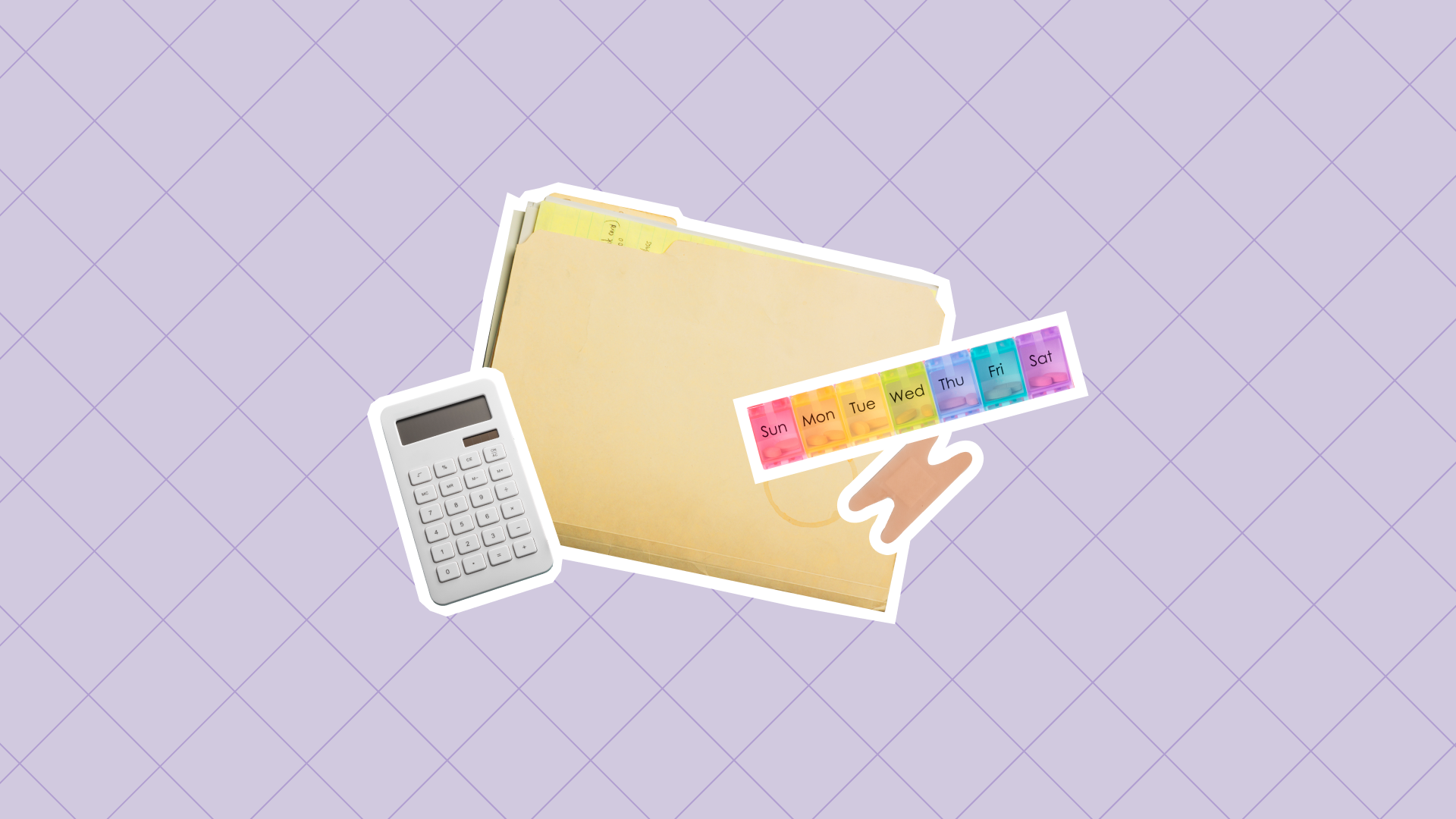What Is Disability Insurance?
Long-Term vs. Short-Term Disability Insurance
Should My Company Offer Disability Insurance?
Justworks Can Help Provide Employee Benefits
According to the Social Security Administration, 25% of all 20-year-olds will become disabled and unable to work sometime before reaching the age of 67. But unlike with medical, dental, and vision insurance, very few people know that there are insurance products designed to replace a portion of their income when they become ill or disabled and cannot work.
What Is Disability Insurance?
Disability insurance is, as the name suggests, insurance provided in the event that an employee is disabled and cannot work. Unlike workers’ compensation insurance — which provides benefits like partial wage replacement if employees get hurt at work — disability insurance provides partial wage replacement when employees become ill or disabled away from work, and therefore can’t work.
In essence, health insurance benefits enable employees to seek needed medical care. Disability insurance replaces a portion of employee income when they can’t work because of an illness or disability.
For the most part, disability insurance will not replace all of someone’s income. Instead, disability insurance provides wage replacement benefits that cover, on average, up to 60% of employee earnings. Those payments usually go up to a cap, or a maximum monthly payout. Although that’s not ideal, receiving up to 60% of wages is still better than 0% — and having that income stream can be very important to an employee and their family.
Long-Term vs. Short-Term Disability Insurance
There are two types of disability insurance: short- and long-term. Short-term disability insurance typically pays out a portion of an employee’s income from nine to 52 weeks depending on the plan. Short-term disability benefits generally kick in after a waiting, or “elimination” period, which is usually set from seven to 14 days.
Often, employees will use accrued sick time or PTO time during this waiting period. Under certain circumstances, there will not be a waiting period. The applicable plan document should provide information about a waiting or “elimination period.”
Long-term disability picks up where short-term disability leaves off. Long-term disability insurance usually provides about 50-60% of an employee’s base wages. Long-term disability benefits are paid out for the number of years indicated in the plan document. There are long-term disability plans that pay partial wage replacement benefits until a certain age, such as 65 years old.
Some private companies offer both short-term and long-term disability insurance plans, whereas others leave people to buy plans as an individual.
Should My Company Offer Disability Insurance?
There are some states that have state-mandated disability insurance requirements so you’ll need to see what is required in your area. If you have employees in one of those states, it is important that you understand how to comply with the law.
What about if you aren’t required to offer disability insurance? Should you?
It depends. It’s an additional cost to your business and if you can’t afford it, it’s obviously not a good idea. However, should your business be able to afford it, the benefit might act as an additional motivator to attract and retain skilled, talented employees, especially for small businesses. For example, disability insurance covers part of women’s pay during pregnancy and maternity leave.
Employees that want to take time off for pregnancy or a new baby need to consider what is actually covered by these policies. For example, a short-term disability insurance policy will only pay benefits if you are disabled due to the pregnancy. The typical timeframe that you’re considered disabled following delivery of the baby, without complications, is six weeks; eight weeks if a C-section was performed. Benefits may be paid before the delivery of the child if your doctor has put you on bedrest due to the pregnancy.
However, let’s say your business can’t afford it. You may offer STD or LTD as a voluntary benefit. This means you’ll facilitate the purchase of the insurance, but the employees are responsible for paying the entire premium. This small amount of money will be pulled out of the employee’s paycheck to cover the cost of the insurance premium.
If you decide to offer disability insurance, let employees know how important wage replacement can be if they’re ever disabled and cannot work. Even though the benefit will not cover 100% of the employee’s base wages, having some money coming in each month will help your employees.
Justworks Can Help Provide Employee Benefits
As mentioned above, short-term or long-term disability insurance is an additional benefit you can offer to your employees as part of a competitive benefits package.
Justworks offers access to all kinds of employer benefits, including disability insurance. We offer employer-paid options, or your employees can purchase coverage individually through Justworks, at better rates than they could find for themselves. Find out more and get started with Justworks today.
Learn more with Justworks’ Resources
Scale your business and build your team — no matter which way it grows. Access the tools, perks, and resources to help you stay compliant and grow in all 50 states.








